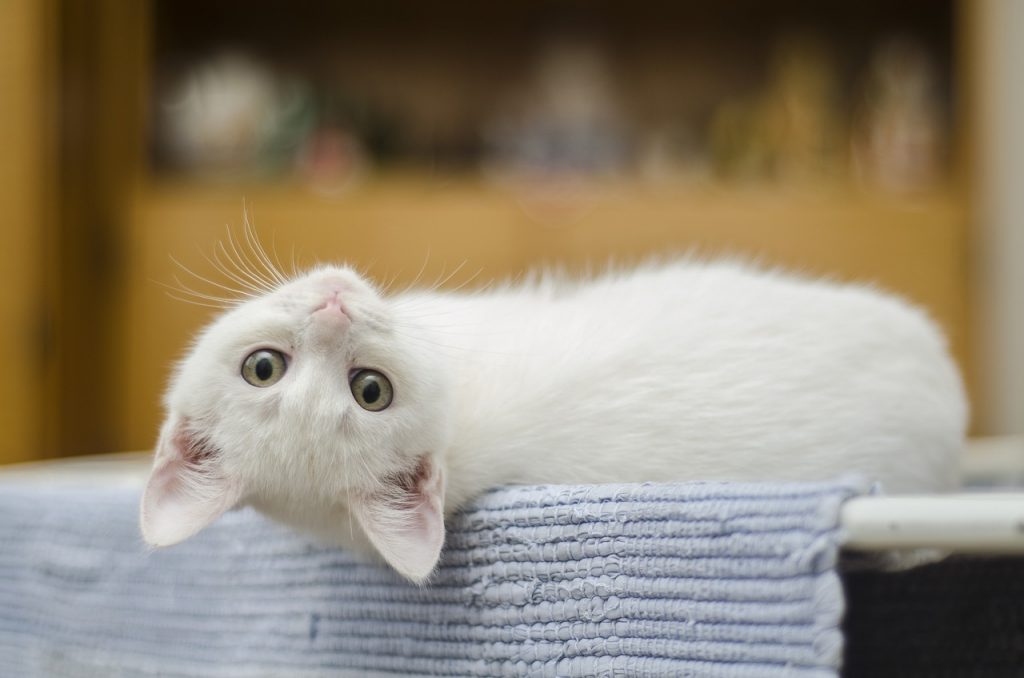
“Equity is about ensuring the communities most affected by injustice get the most money to lead in the fight to address that injustice, and if that means we break the rules to make that happen, then that’s what we do.”
Some of you are probably thinking, “Money? That’s your definition? That’s simplistic AF. Maybe you should stick to writing nonprofit jokes.” Yes. It’s money. Equity is about money and whether that money is going to the people most screwed over by our society. All of us need to stop avoiding this basic premise.Continue reading →





